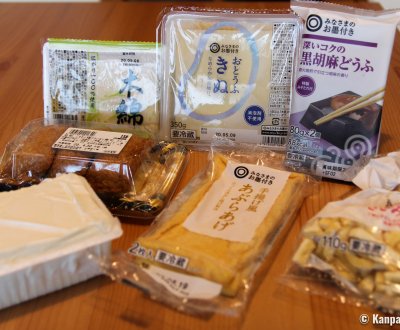Tofu
Japanese Cuisine Soy-based Staple Food
Made from soy milk, tofu is a widely-consumed product in Japan. Nicknamed the "soy cheese", its taste is rather plain, with a faint smell and it often looks like a white rectangular block. It can be easily cooked with various seasonings to enhance its taste. Very affordable, it is also used as a staple in the preparation of many typical Japanese dishes.
Tofu is one of the basic foods of Japanese cuisine. Cheap and nutritious, it can be enjoyed in various forms and textures: in firm cubes, in little fried slices or as a thick cream or mixed with other ingredients such as vegetables, algae or meat.
For many travelers in Japan, natural tofu's taste and smell are thin. Actually, there is a wide range of Japanese tofu and the more you eat it, the more you get accustomed to it and can differentiate its aromas.
What is tofu?
When breaking down the Japanese words, its meaning is the following:
- 豆 (tô-) "bean";
- 腐 (-fu) "fermented".
Tofu could be described as a soy cheese, as its making process is quite similar to the cheese’s we eat in Western countries. Tofu making consists in the processing of soy milk, made from crushed soy beans. The most important step is to curdle the soy milk with a coagulating agent, called nigari in Japan, which is an extract of sea water naturally rich in magnesium chloride. Lastly, after removing the remaining liquid (similar to whey), the preparation is placed in a mold to obtain a white paste.
Tofu is therefore sold nature, in grocery shops or served at the restaurant as a rectangular or square shaped block, with various degrees of firmness.
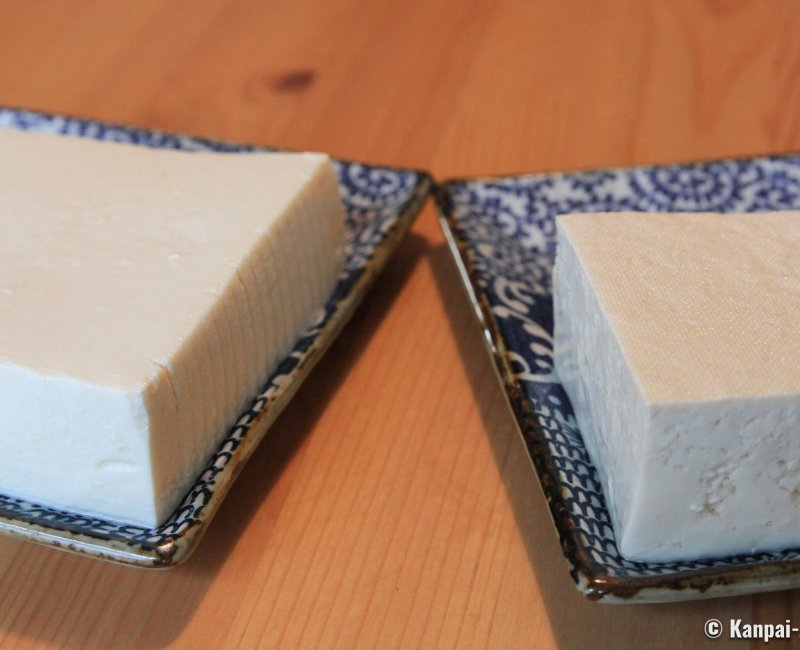
Chinese origins
Like the ramen 🍜 noodles, tofu was imported by Buddhist monks from China, where it was already consumed since a long time. Various hypotheses try to date its introduction in Japan:
- It was probably introduced thanks to the Buddhist monks in the 8th century;
- Some theories date the beginnings of tofu in Japan to the Heian period (794 - 1185) and more precisely at its end between 1183 and 1239;
- In 14th century’s texts, tofu is often mentioned, in a manner that proves it was already widespread at the times;
- Lastly, in the middle of the Edo period (1603 – 1868), tofu was a widespread food in the archipelago.
Buddhist temples have played an important role in the diffusion of tofu in Japan. A very nutritious food, especially rich in calcium, iron and vegetal proteins, it is a convenient substitute for meat and is therefore a perfect aliment for the monks’ traditional vegetarian cuisine called shôjin ryôri.
Industrial and artisanal making
Nowadays, tofu is produced in Japan by large factories making cheap industrial tofu, as well as by small and medium companies, and even artisans in a more traditional and quality-oriented range. However, the tofu-ya specialized shops have been declining over the last years and their number decreases due to the strong concurrence of supermarkets and their low prices.
On average, a 350g portion of tofu costs less than ¥100 (~US$0.64) in Japan. In 2004, the average yearly consumption by household amounted to ¥6,719 (~US$42.89), according to the Japan Tofu Association that represents the Japanese producers.
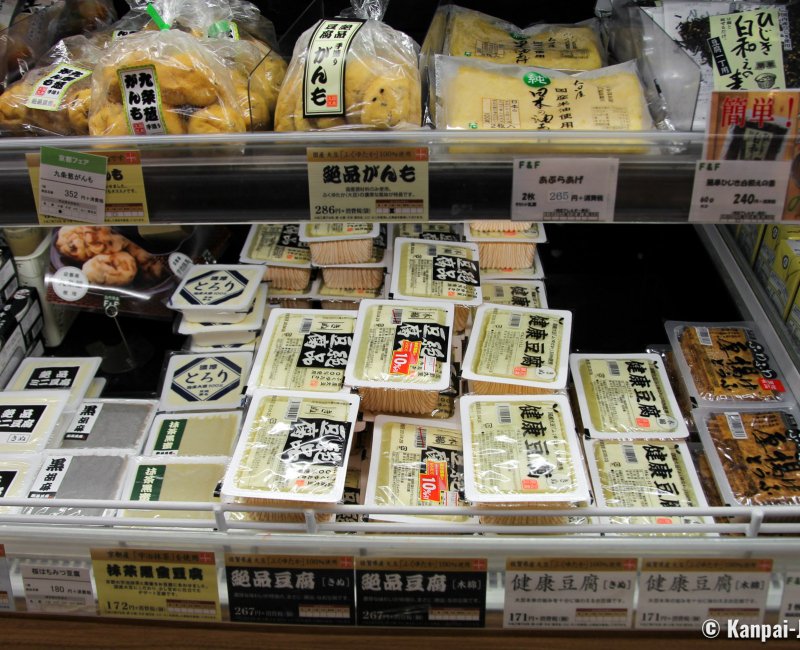
It is therefore easy to find tofu in supermarkets in Japan. The aisles are usually well-stocked, with prices on average from ¥36 (~US$0.23) to ¥175 (~US$1.12) the portion. You can choose based on the price, and for the best tofu do not hesitate to chose the most expensive, to get a tofu with a more pleasant texture and a more intense flavor. The date of consumption usually ranges from 2 to 12 days after purchase.
Otherwise, we recommend trying the small tofu artisanal shops that you can find in residential neighborhoods’ shopping streets in the cities. They are often managed by only one rather old shop owner, and sell their production in direct; it is a way of supporting local businesses. It also gives better chances to know where the soybeans come from and how they were produced (organic, sustainable, etc.)
How is tofu used in Japanese cuisine?
There are 2 main fresh tofu varieties:
- 絹豆腐 kinu tofu: a soft tofu with a creamy texture, almost like a pudding and often eaten cold.
- 木綿豆腐 momen tofu: a firm tofu with a denser consistence, easy to cook and used as an ingredient in various Japanese dishes.
Fried tofu, the favorite food of Inari shrines’ legendary kitsune fox, is also a staple, cooked as:
- 油揚げ aburaage, fine slices of fried tofu, dehydrated and ready to use, as a topping for a soup for example, and,
- 厚揚げ atsuage, a freshly fried tofu, sliced in large chunks or cubes.
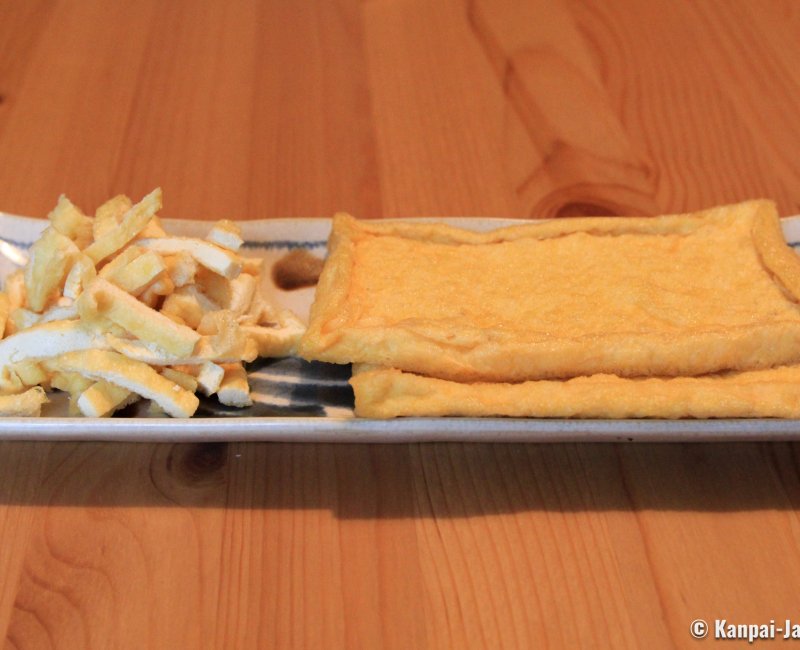
Another way of eating tofu is to extract its skin, called ゆば yuba that forms at the surface of soy milk when it is boiled. It is also called tofu sheet and can be eaten fresh or tied in little knots for drying and to re-hydrate for consuming later.
In summer, an original specialty, the tofu ice cream, is offered by some artisanal ice cream makers or specialized shops in Japan.
Main tofu dishes
Tofu can be eaten nature, but to add it some flavor, it is at least seasoned with shoyu soy sauce. Then it is also the main aliment, source of proteins instead of / or in complement with meat, in many varied Japanese dishes, such as:
- Cold tofu hiyayakko, topped with a little bit of grated ginger, soy sauce and / or katsuobushi bonito flakes;
- Hot tofu chopped in cubes, used as topping for miso soups and other savory broth dish such as nabe hot pot and yudofu;
- Inarizushi fried tofu prepared as small pouches filled with rice seasoned with vinegar and sugar, that can be eaten on the go, in mouthfuls;
- Kitsune udon noodles, with a large fried tofu slice shaped as a triangle or rectangle, and dipped in the hot broth;
- Mabodofu, a spicy Chinese dish with firm tofu cubes and minced meat cooked in a chilly sauce, that can also be served as a mabodon, on a bowl of rice.
All these recipes are hearty and affordable: less than ¥1,000 (~US$6.38) for a tofu based dish at the restaurant, or only a few hundred yens at the delicatessen aisle of konbini and supermarkets.
Regional recipes
Some prefectures in Japan have their own ways of preparing or cooking tofu, such as:
- Okinawa, the tropical archipelago in the south of Japan, is renowned for its 島豆腐 shima-dofu, a local firm tofu recipe, even richer in proteins;
- Wakayama area, and especially the Buddhist temples kitchens of Koya-san that serve two types of tofu:
- 高野豆腐 koya-dofu, a fried tofu first frozen and defrost, a process that helps absorb more flavors;
- 胡麻豆腐 goma-dofu, made with black or white sesame, and usually consumed as a dessert.
- The village of Shiiba, in Miyazaki prefecture, specialized in 菜豆腐 na-dofu, a kind of vegetarian tofu, that is pressed with shredded and boiled seasonal vegetables during its preparation.
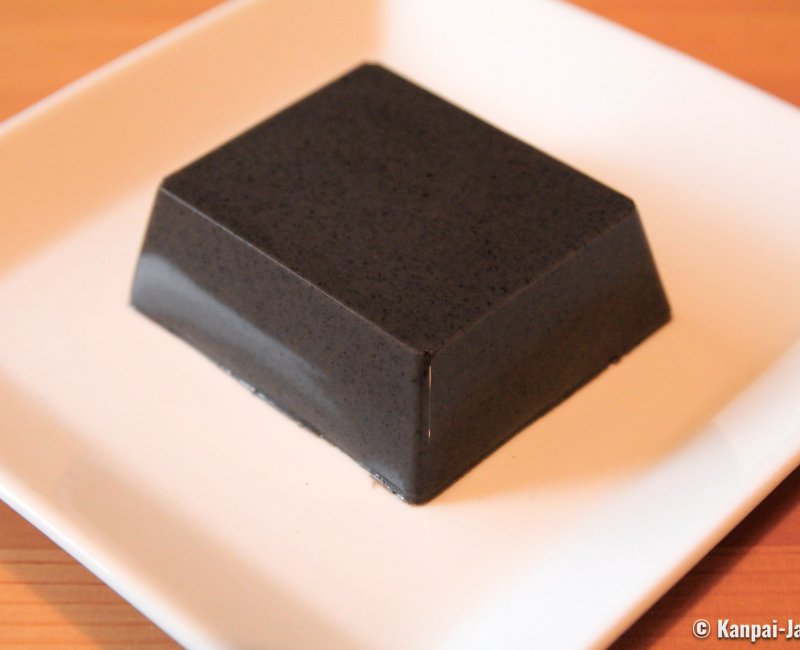
Where to eat luxury tofu cuisine?
Tofu-specialized restaurants offer a higher-end gastronomic experience than the daily consumption. These establishments are ideal addresses to discover tofu in all its variations and a large choice in taste and textures.
There are for example many shops for yuba in Kyoto and Nikko, specializing in the refined cuisine of the tofu skin. The Japanese capital also has beautiful and good addresses, such as:
- Tokyo Shiba Tofu-ya-Ukai a renowned traditional restaurant at the foot of the Tokyo Tower. Prices range from ¥6,000 (~US$38.30) to ¥8,000 (~US$51.06) for lunch, then from ¥11,000 (~US$70.21) to ¥16,000 (~US$102.13) for dinner; and,
- Sorano Shibuya a discreet restaurant but with a good reputation among tofu amateurs, located along the railway in the south of Shibuya station. Allow about ¥4,000 (~US$25.53) per person for dinner.
A versatile ingredient, tofu can be prepared in many various ways and is an integral part of the traditional daily diet in Japan, whether living in large cities or in the countryside, on the seaside or in the mountain. The Japanese celebrate tofu each year on October 2.
Vocabulaire

